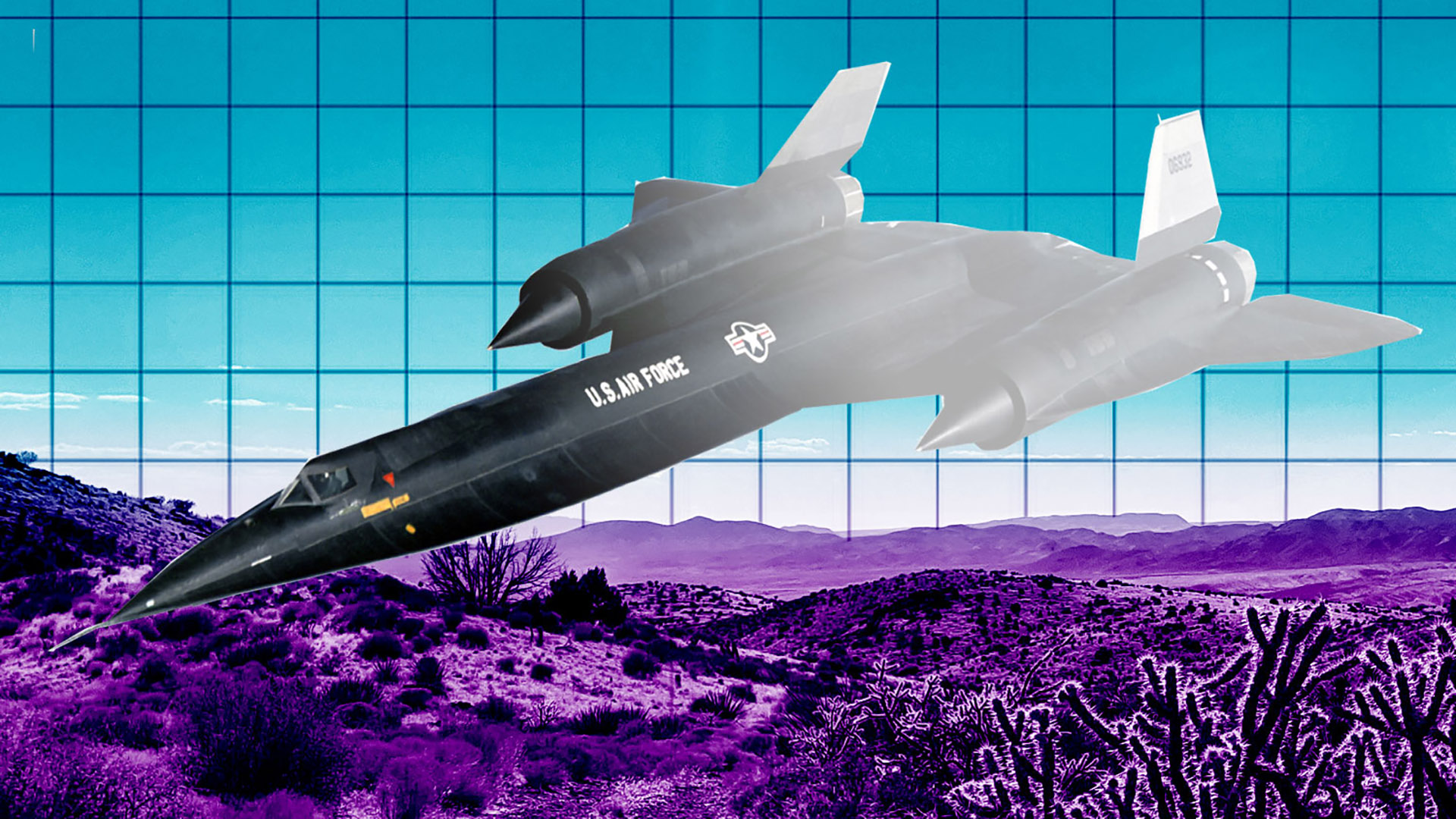

“Oxcart” was an odd nickname for the plane that killed pilot Walter Ray. Oxcarts are slow, cumbersome, and old. Ray’s A-12 jet, meanwhile, was fast, almost invisible, and novel. Among the US’s first attempts at stealth aircraft, it could travel as quickly as a rifle bullet, and fly at altitudes around 90,000 feet. On a radar screen, it appeared as barely a blip—all the better to spy on Soviets with—and had only one seat.
On January 5, 1967, that single space belonged to Ray, a quiet, clean-cut 33-year old who spent his workdays inside Area 51, then the CIA’s advanced-aviation research facility. Set atop the dried-up bed of Groom Lake in the Nevada desert, the now-infamous spot made for good runways, and was remote enough to keep prying eyes off covert Cold War projects. On the books, Ray was a civilian pilot for Lockheed Martin. In reality, and in secret, he reported to the CIA.

Ray’s last morning on Earth was chilled and windy, with clouds moving in and preparing to drop snow on the nearby mountains. He took off for his four-hour flight to Florida and back a minute ahead of schedule at 11:59 a.m., the sleek curves of the Oxcart’s titanium body triggering sonic shock waves (booms) as it sliced through the atmosphere. He’d done this many times, having already logged 358 hours in these crafts.
At 3:22 p.m., Ray radioed back to base: His gas was low. “I don’t know where my fuel’s gone to,” he said. He lowered the plane out of the speedy headwinds, hoping to save some fuel. But the altitude change couldn’t cut his consumption enough.
Thirty-eight minutes later, Ray radioed in more bad news.
The fuel tank’s low-pressure lights had blinked on. The A-12′s jet engines—so powerful that the director of central intelligence once said they sounded as if “the Devil himself were blasting his way straight from Hell”—began to fail, then sputtered out.
At 4:02, Ray sent his final known transmission: He was going to eject.
Home Plate—as this group of airmen referred to Area 51—began to search. They hoped to hear a transmission from the shortwave radio in his survival kit. For them, this hunt was also personal. Many worked on the same mission as Ray: developing planes that didn’t exist in a place that didn’t exist, sometimes risking an accident like this, which also wouldn’t exist.
Isolated in the desert, the group of about 30 staffers Barnes worked with on the site’s Special Projects felt like family. “We went up on Monday morning, came home Friday night,” recalls former Area 51 crewmember T.D. Barnes. “We couldn’t tell our wives where we were at or what we were doing.”
Video: Military Murder True Crime Conspiracy: USMC Colonel Sabow
At 3:25 p.m. the next day, a helicopter found the plane, strewn across three canyons. The crews cut a road through the sand to schlep out the debris before anyone else found it—and found out about the secret flight.
Two days after takeoff, a CIA aircraft finally spotted Ray’s parachute, and men helicoptered in to locate their comrade. His chute formed a shroud around his body, and his ejection seat sat some 50 yards above him on the hillside. The two hadn’t separated, his parachute hadn’t deployed, and so he had slammed straight into the Earth. Blood spattered the ground, but Ray’s boots still had their spurs.
To explain the aerial search going on, the Air Force told the public a cover story: An SR-71 Blackbird—whose existence had recently been revealed—flying out of Edwards Air Force Base, had gone down.
For years, Ray’s crash sites remained largely hidden from the public. But in the late 1990s, an explorer named Jeremy Krans began what would become a decades-long quest to uncover it all, and ultimately to make Ray’s once-classified life public. “I felt that we needed to do something,” he says, “because nobody knows who the hell Walt is.”
Krans had a pastime that gave him the skills to do something about it: urban exploring, sometimes called “urbex” by the initiated. It’s the art of adventuring in and around abandoned or hidden structures, urban and otherwise. Urbexers scavenger-hunt for sites and then crawl through closed tunnels, scour old buildings, flashlight around finished mines, and trek through old military bases. The community—small and loose but dedicated, lurking and sharing on forums and blogs—is populated by photographers and amateur historians. They like to go places that used to be something else, to someone else. They’ve uncovered spots others likely never knew about, like the New Jersey State Hospital for the Insane and the rainwater drains under Sydney. Krans, once a frequent poster on the urbex forum UER.ca, has always favored defense sites, beginning with empty missile silos and ghostly military installations in his early 20s.
In 1995, he and a group of like-minded friends formed an exploratory crew dubbed “Strategic Beer Command” (a riff on the US’s then-recently disbanded Strategic Air Command). It would be a few years before they’d learn of Ray’s site, but the motivation was already there: a desire to remember what the rest of the world had forgotten.
